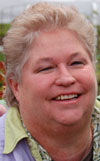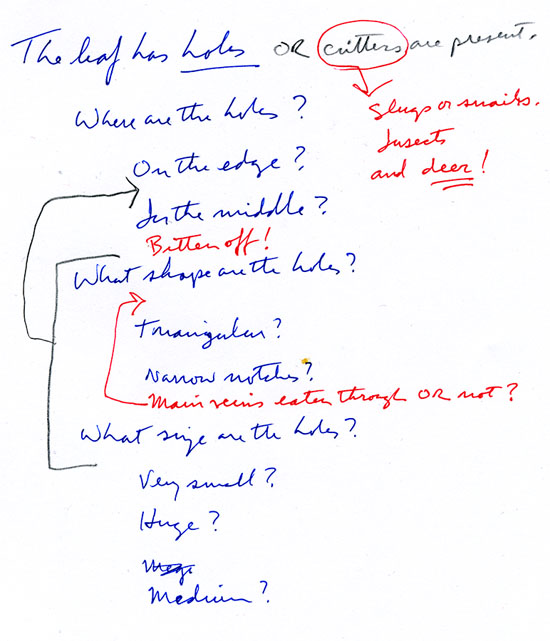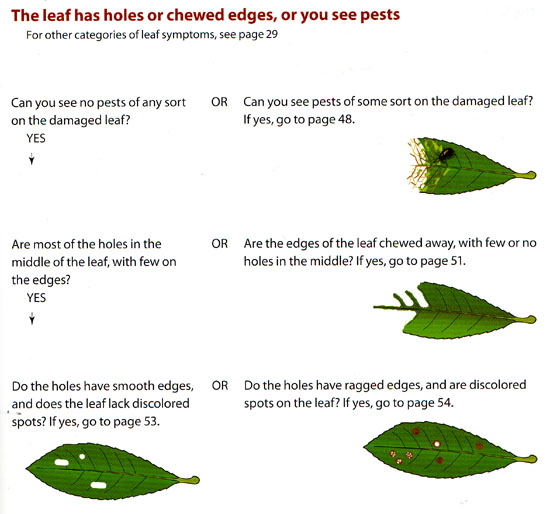
Kathryn Wadsworth
A February Friday, unusually warm and sunny. Spring is here. Friends already lay out their soaker hoses, sow seeds indoors, and move seedlings out into their cold-frames. We’re going to miss all that this year, as we travel to talk about our book, and other topics from the greenworld. We won’t bemoan the loss too much. Surely an exciting journey lies ahead. David and I love a road trip.
The second event on our book tour is behind us. David and I gave a talk at the Port Townsend, WA public library last week. This low-key chat with our “homies” in the town where we live was a perfect send-off for the tour. Next week we’ll be in Bellingham.
At the library we talked about how we developed the book – our book – from inchoate thoughts about the questions we must ask when someone else asks us, “What’s Wrong With My Plant?” A very common question, btw.

Looking at the notes, it seems unlikely that we could corral the wayward notions and make a logical flow of questions, answers, and diagnoses, doesn’t it? We started by recognizing that other references about plant problems require that you know the name of your plant. Lots of us don’t know this. Of course, David does, because he is a botanist whose PhD is in plant systematics – the very people who make up these names. But he doesn’t count.
What we see on our plants are symptoms, not Latin names. Symptoms – like spots, or holes, or distortions, which we see on plant parts – like the leaves, the stems, or the fruit. So, we sorted through the symptoms, the plant parts on which symptoms occur, and found tell-tale characteristics that illustrate a certain disorder, disease, or pest.
It took time, some nutrients, some nurturing, but we made it. It turned out alright.
As we prepare to travel, we’re going through a similar process. Sorting through belongings. What to take? What to put in storage? What to get rid of as a bad idea. (Whose idea was it to buy that hideous plaid jacket anyway?)
 We identify the tell-tale characteristics of intrinsic value or usefulness. We store possessions that are truly useful or have sentimental value. We take those that will help us succeed on the road. We also take those that will bring joy to the journey, such as the new little teapot and cups. It’s kind of fun figuring out what we really care about, and lightening our load of extraneous possessions.
We identify the tell-tale characteristics of intrinsic value or usefulness. We store possessions that are truly useful or have sentimental value. We take those that will help us succeed on the road. We also take those that will bring joy to the journey, such as the new little teapot and cups. It’s kind of fun figuring out what we really care about, and lightening our load of extraneous possessions.
In other words: Spring Cleaning

We invite you to share your stories of the greenworld, and welcome you to join us at one of our stops on the road. See our events page for all the details (www.ddandkw.com/events)

Leave a Reply